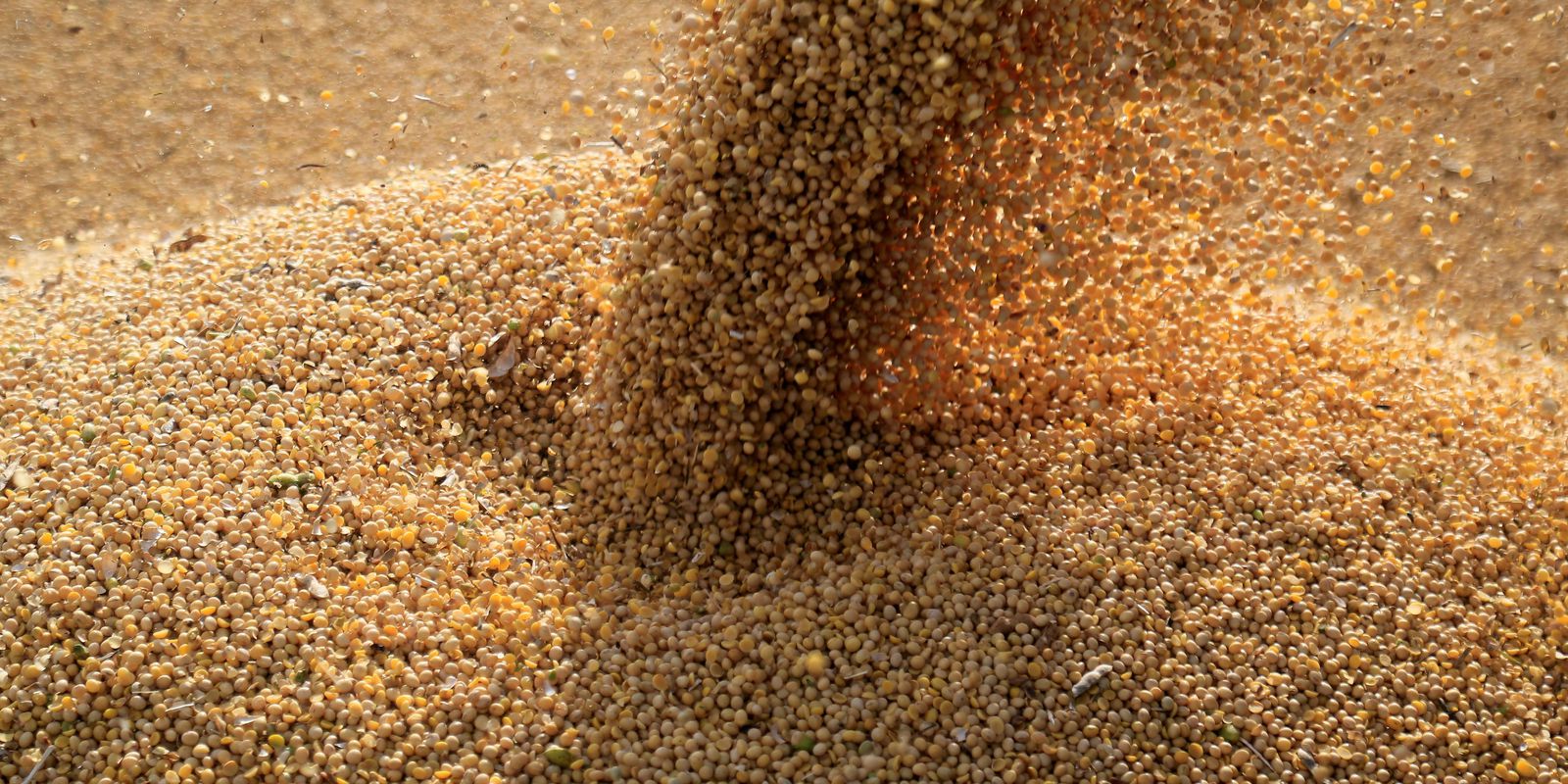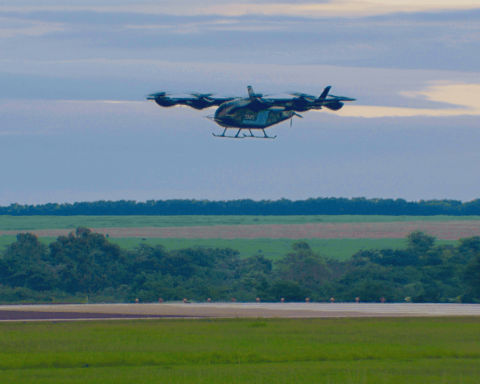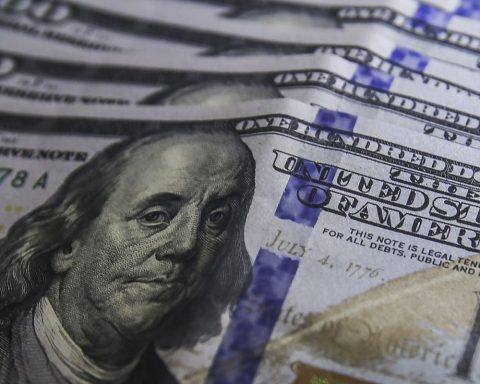The war between Russia and Ukraine brought uncertainties and significant fluctuations in the international prices of the main commodities (agricultural and mineral products sold abroad) and livestock, points out a note prepared by the Institute for Applied Economic Research (Ipea), in partnership with the National Supply Company (Conab) and the Center for Advanced Studies in Applied Economics of the Higher School of Agriculture from the University of São Paulo (Cepea/Esalq/USP).
The note highlights that Russia is currently the world’s largest producer of oil and gas and that, in recent harvests, it has become the world’s largest wheat exporter and an important supplier of food to Europe and Asia. At the other end, Ukraine is one of the main suppliers of corn and sunflower oil. The two countries have significant weight in the international market for agricultural inputs. With the bilateral conflict, grains and oilseeds in general, influenced by wheat and soy oil, rose and reached levels above those seen before the war. “This negative supply shock was added to the rise in production costs, due to high inputs exported by countries at war”, analyzes the publication.
The researchers estimate that the economic sanctions imposed by several countries on the Russian market and some drops in production as a result of the climatic effects, which affected grain crops in South America, especially in Brazil, Argentina and Paraguay, may cause the world market for commodities agriculture and livestock will experience new highs in the coming months, with reflections on domestic prices.
wheat and corn
The associate researcher at IPEA, Ana Cecília Kreter, one of the coordinators of the publication, indicated that the commodities extracted from nature that need to be cultivated and not mined, such as sugar, coffee and even beef, interrupted the uptrend and showed a decline “due to the consequences of the war on the expectation of world economic growth and its lesser essentiality in a scenario of conflicts.” He noted, however, that as Russia and Ukraine do not have a relevant weight in the markets of these countries.commoditiesprices returned to pre-conflict levels.
The document points out that wheat was the cereal most affected by the war in Eastern Europe, because Russia represented 19.3% of world exports in the 2020-2021 harvest, constituting the second largest producer in the world, after China, whose production is directed to the serving the domestic market. Ukraine is also among the main exporters of this grain, with shares ranging from 8% to 10% of world exports. The drop in supply from both countries has been impacting international prices and, in particular, the bakery sector in Europe. “International grain prices broke historic highs in March, reaching prices 76% above the average in February 2022, before the start of the conflict,” said the note.
The superintendent of Intelligence and Supply Management at Conab, Allan Silveira, recalled that the first quarter of 2022 was important for defining the production of soy and rice. “For both crops, there was a reduction in production estimates compared to December estimates. This fact contributed to the increase in price instability in the rice and soybean markets, given the reduction in expected ending stocks for both crops”. Regarding corn, he said that, “on the other hand, there was a better consolidation in relation to the 2nd harvest corn area in Brazil, which should have an increase of 7% compared to the 2020-2021 harvest. This is very important, considering the scenario of conflict in Ukraine and the environment of uncertainty about the real supply of Ukrainian corn for the next harvest”.
Meat
Another product that was highlighted in the publication was pork, whose lower-than-expected sales in the last quarter of 2021 caused the sector to register, at the beginning of 2022, high stocks of meat and animals, which contributed to the fall in domestic prices. . In addition to the high supply, the beginning of the year has historically seen lower sales volume. Added to this, the drop in meat exports between January and February also reinforced the increase in domestic supply.
In the case of beef, the low supply of animals for slaughter and the record performance of protein exports, especially to China, raised the domestic price of beef. International demand remains heated due to the advance of Chinese imports, the publication points out.
Nicole Rennó, Macroeconomics researcher at Cepea, reported that agricultural prices remained at very high levels in the first quarter of 2022, reflecting the successive increases seen from 2020 onwards, with the situation recently worsened by the war between Russia and Ukraine. For the coming months, Nicole highlighted that there is still great uncertainty, but the supply and demand conditions and the macroeconomic scenario, in general, point to the maintenance of high levels for prices. “The behavior of the exchange rate, the speed of reaction of domestic demand and the effects of the war will be decisive for the positive or negative adjustments in the prices of the different markets, in the coming months”, said the researcher.

















